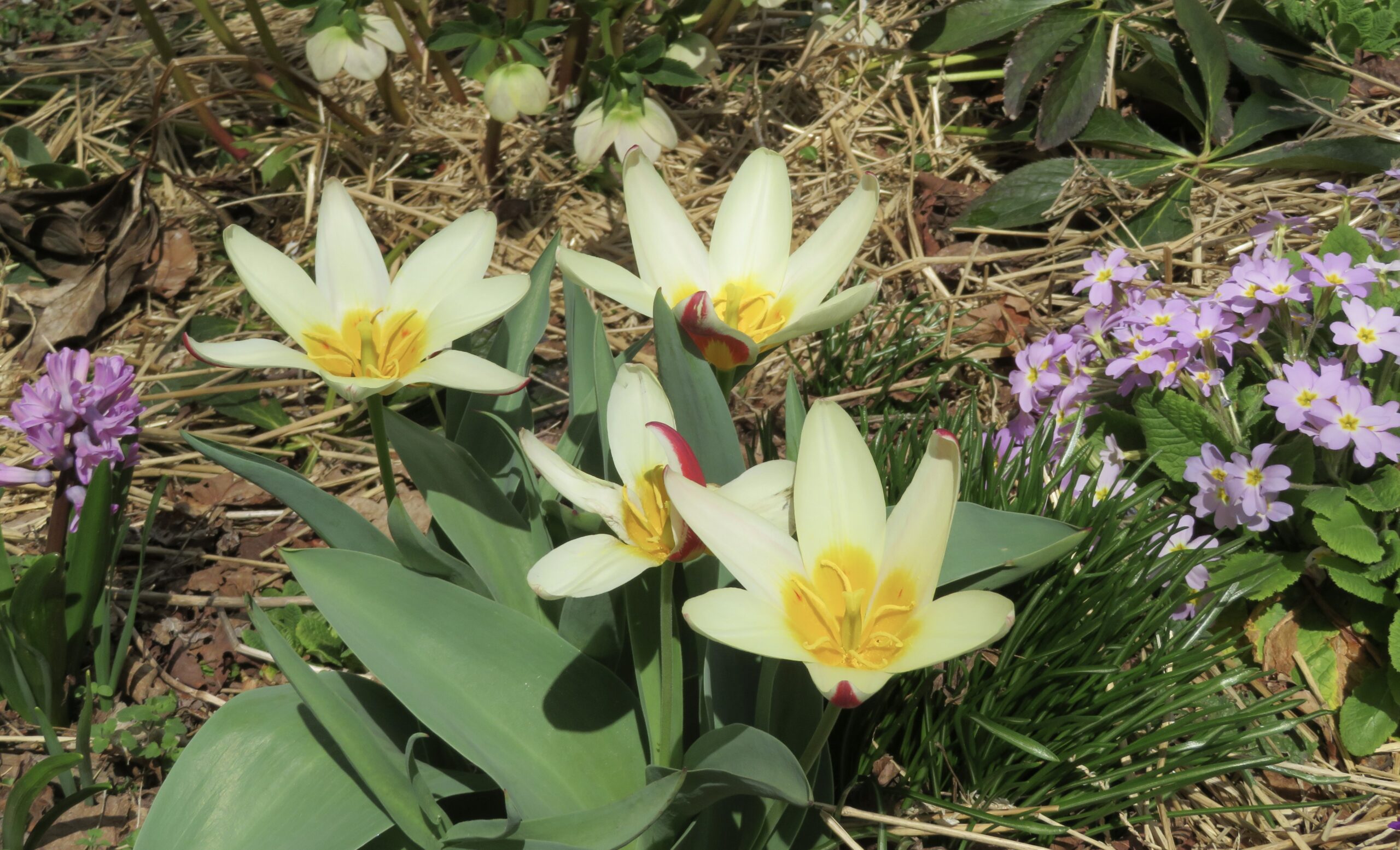What does paradise mean to us? Heaven? The garden of Eden? A place of perfection, or of beauty and wonder? The end of war? Safety and security? Justice? A political revolution? Or a moment of peace and quiet?
Maybe the yearning for paradise has accompanied humans ever since we came to exist? Or, more likely, since we first created art and language, and expanded our ability to think abstractly or to mentally journey into the future and past?
To enter some of the paleolithic art caves required crawling through tight passages or tunnels and leaving behind the sun-lit world. They were not dwelling places. In the famous cave at Lascaux, in the Dordogne area of southwestern France, there was evidence of oil lamps, rope, scaffolding, as well as sophisticated paintings. Were the ancient caves not just places to create art but temples meant to take people beyond time and into eternity? A place for performing hunting magic? An expression not only of a drive for artistic creation but for paradise?
One of my favorite books of the Bible, and best known generally, is Genesis, which begins, of course, with the beginning, with creation. And soon takes us to the garden of Eden.
Gardens have long been associated with, or used as living metaphors for, paradise. Journalist, author, and travel writer Pico Iyer’s book, The Half-Known Life: In Search of Paradise, begins with traveling to Iran, continues to North Korea, Kashmir, Ireland, Jerusalem, Ladakh, India, Japan, etc. and ends with realizing the most important journey is within himself. The New York Times comprehensively reviewed the book and recently listed it as one of the 100 notable of the year.
Modern Iran was once Persia, central to the Fertile Crescent where human farming and larger-scale societies might have begun, and where humans might have first left Eden. The word ‘paradise’ itself is from Persia, old Iranian, ‘paradaijah.’ The Farsi word for garden means paradise. Iran is a land of beautiful poetry and traditional architecture, as well as gardens of physical poetry pointing our eyes toward divinity. It is place of reverence for the “unseen life.”
Yet, today, Iyer shows us a place where the government tries to watch and record all that its people hide, think, and do, while the people try to find out what the government is hiding. One motif of the architecture is the inclusion of tiny mirrors, hints of an infinity of reflections and creations. But the mirrors, today, also might remind the people to keep a perpetual watch over their shoulders.
Maybe all nations have such contradictions. Iyer describes the “People’s Paradise” of North Korea as a place where people “seemed beside the point and perfection was the ruthless elimination of every imperfection.” Or I’m reminded that in the U. S., the “land of the free,” and leader of the democratic world, one of the two probable presidential candidates in the 2024 election promises to end democracy and rule as a dictator.
We must be careful with our yearning for paradise….
*To read the whole blog, please go to The Good Men Project.

